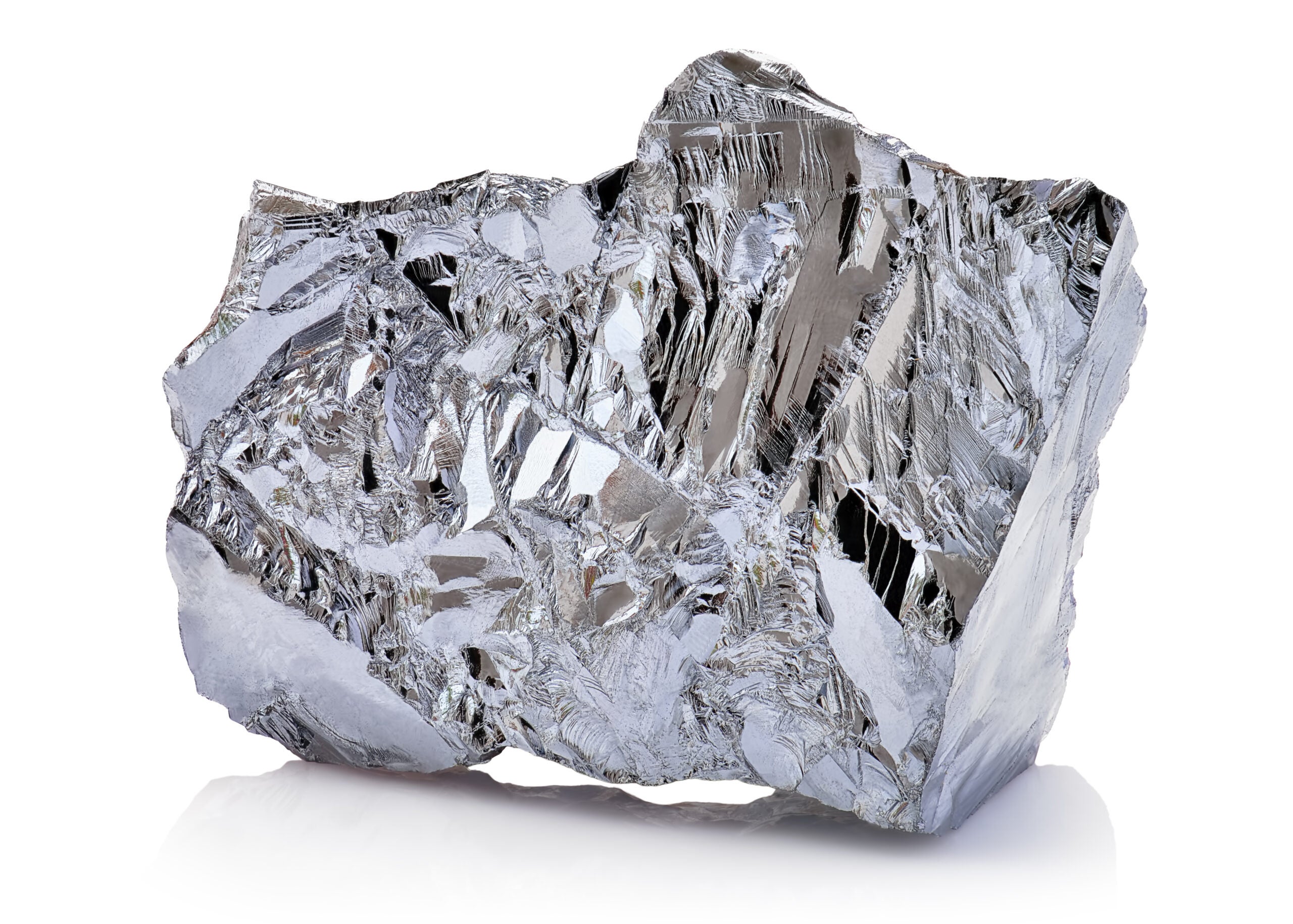
Russia is one of the world’s largest producers of oil, gas, grains – and metals. Nickel prices have shown extreme volatility since the invasion as downstream manufacturing businesses attempt to secure alternate supply sources and traders take speculative positions.
Soaring commodity prices have caused great concern to investors worldwide. The impact is far-reaching; the figures are stark. As of 3 March, the price of nickel had risen by more than 4% to an 11-year high of $27,000 a tonne. Within five days, prices were up to $100,000 a tonne on the London Metal Exchange amid a short squeeze as the Ukraine invasion intensified and global sanctions on Russia began to bite, before prices began to settle back.
Europe’s natural gas prices also reached a record high. The S&P GSCI index, which tracks the price of global raw materials, bounced 18% in the week commencing 28 February – the steepest rise on records since 1970.
Russia’s role in nickel – and the global impact
While the price has since returned to sustainable levels, the conflict highlights the rising volatility of metals – particularly those that play a greater role in the energy transition. Price aside, will the conflict see a move to alternative sources by those who rely on the red metal?
“Nornickel [a Russian nickel and palladium mining and smelting company] seems to be reporting continued operations, and while there are no [direct] sanctions as such, shipping firms and traders are not keen to involve themselves in Russian exports, and banks are not financing trade,” says David Kurtz, GlobalData’s Director – Mining & Construction.
“I would expect that the trade flows for nickel will be disrupted, and not just in the short term, since more of Russia’s nickel will need to shift to China and this situation might then stay for some time. This would affect other countries supplying China,” says Kurtz.
Other mining regions will therefore benefit as production is ramped up elsewhere, says Kurtz. “There should be a boost for other producers such as the Philippines. In April 2021, the Philippines government lifted the ban on new mineral agreements, which was imposed in 2012 for environmental violations, and, despite issues with mines on care and maintenance, the industry bounced back last year, and nickel production has been reported to have risen by 23%.”
Kurtz agrees that the price instability will continue to threaten to ramp up prices for factories, increasing inflationary pressures on consumers. “I can see this pushing up prices and impacting stainless steel production – most of the nickel is used there – as well as EV [electric vehicles] batteries. It is likely to be worse for EV batteries as Russia is a larger supplier of high-grade nickel that is used in EVs than nickel overall [17% for high-grade versus 5-6% overall],” says Kurtz.
Long-term supply security is the next hurdle to overcome
The availability of nickel – a core, and indeed the most expensive, component in the production of lithium-ion batteries in EVs – will ultimately influence the costs for EV manufacturers and could in turn also slow up the world’s transition away from fuel-powered cars.
“The recent price surge has made the industry sit up and take note. However, future supply may be the biggest hurdle to overcome,” says Nick Bell, Global Sector Lead, Resources at Worley. “Many of the new battery gigafactories currently under construction are now alert to the fact that they have reduced security of supply of raw materials and decreased ability to ensure that bought material has been responsibly produced.”
The World Bank’s Minerals for Climate Action: The Mineral Intensity of the Clean Energy Transition report predicted nearly 500% more lithium, cobalt and graphite, alongside 100% more nickel and 7% more copper is needed to build renewable energy technologies, such as carbon capture storage, offshore wind, hydrogen infrastructure and EV batteries.
The amount of raw materials required to feed gigafactories is extraordinary. So, how can the batteries value chain mitigate seismic events and ensure a predictable supply of critical minerals?
“It depends how long term these effects are,” says Kurtz. “To some degree, rising commodity prices can lead to increased development where projects that were previously uneconomic are brought into production, or mines on care and maintenance become viable again. As an industry, the mining sector can develop these when prices are high enough to make a profit.”
“Finding a stable supply of battery material will be critical in supporting the shift to carbon neutrality,” adds Bell. “For the world to meet its future demand for energy transition materials, it needs greater security of supply from sources it either owns or can manage through long-term agreements.
“This will require coordination and cooperation between governments at all levels, investors, operators, equipment suppliers, service providers, end-users and communities to accelerate the development of critical minerals, while at the same time managing the needs of all stakeholders.”
How nickel production will continue to adjust globally remains a watching brief. Therefore, uncertainty following Russia’s invasion of Ukraine clouds the market. What is clear, however, is that nickel production must evolve in changing times.


